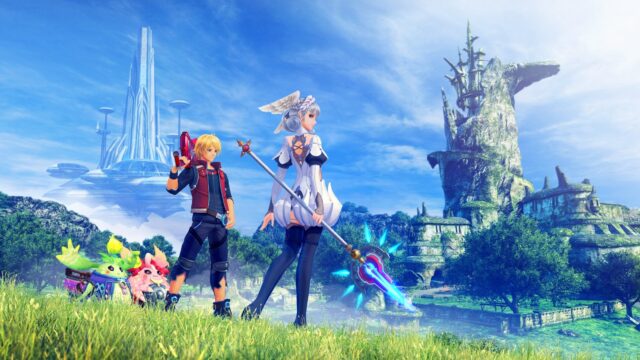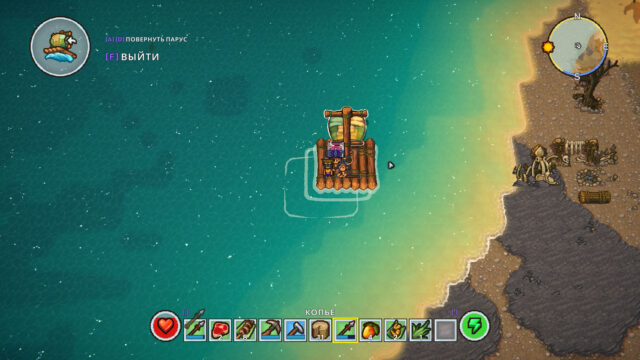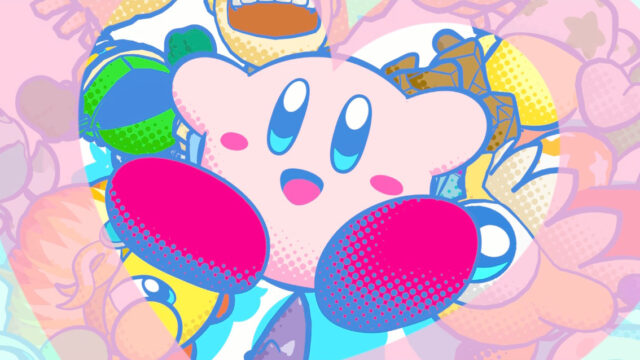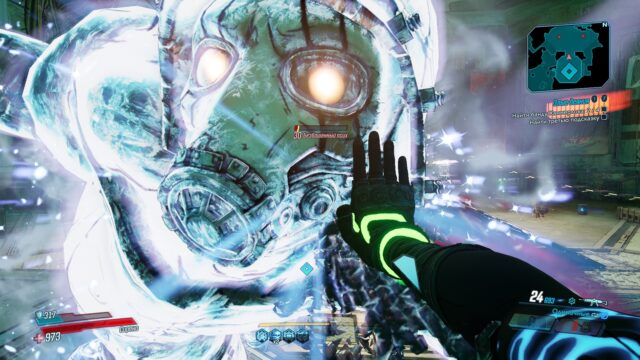Trials of Mana Review: True to Classic Conventions

Remakes are a rather controversial thing. Take, for example, the remake of the year from Square Enix – the long-awaited Final Fantasy 7. The Twitter army is debating about the ending, happy PlayStation 4 owners can’t tear themselves away from the screens, PC owners are hiding in the bushes and waiting for the release. And of course, everyone is dissatisfied with something. A remake is a million choices. What to keep? What to change? What to completely remove as irrelevant? How to please both those who remember the game from the time of the woolly mammoths and those who just picked up a controller the day before yesterday? How to make the game equally appealing to both “veterans” and “newbies”?
Trials of Mana, or, if we take its original name, Seiken Densetsu 3, is perhaps the second largest remake of the year from the same Square Enix. The original game was released in 1995 for the SNES console. I must say that I am that same newbie, completely unfamiliar with SD3, except for screenshots and videos – and even those were after trying out the remake.
Well then, let’s begin?
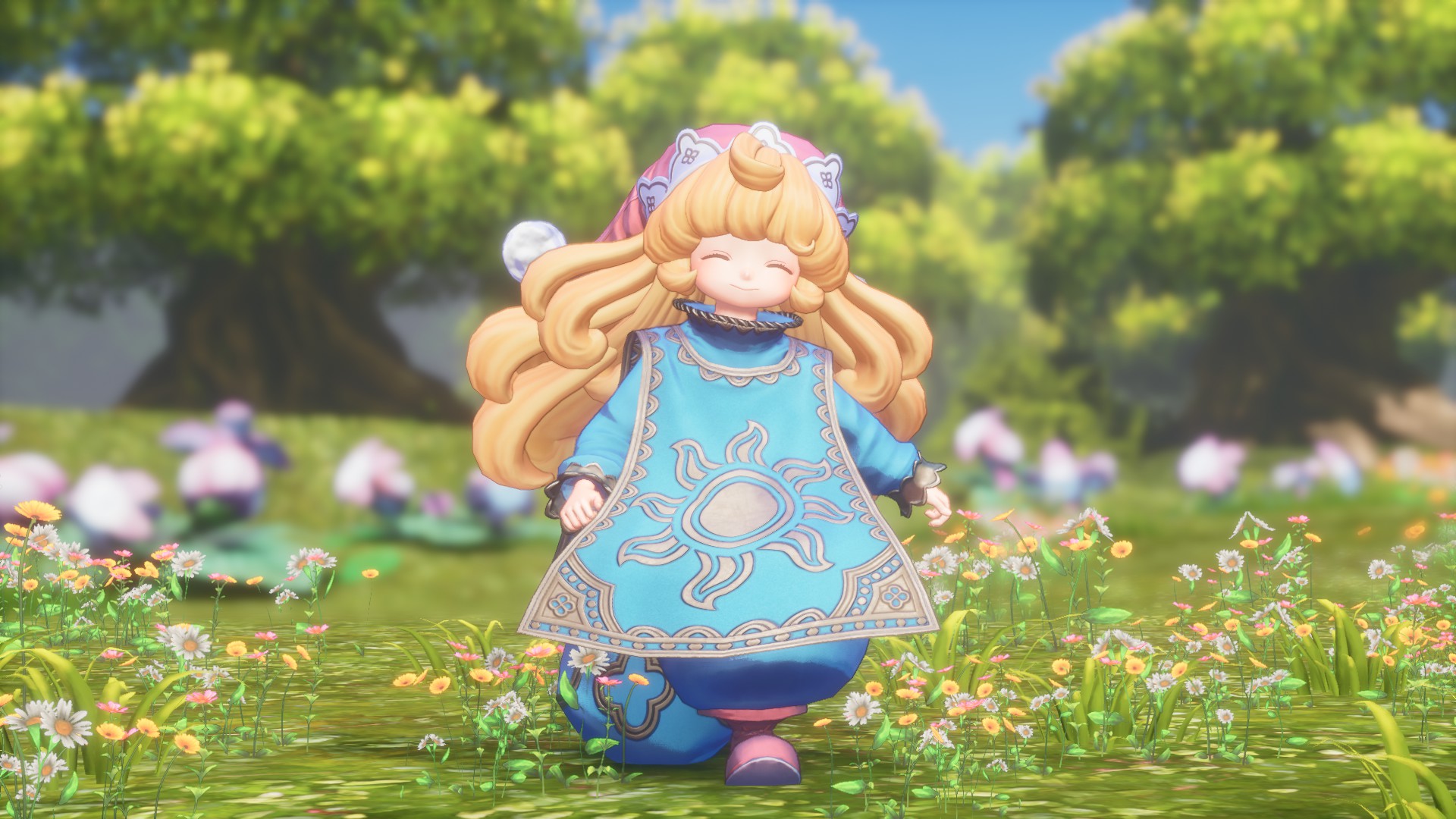
The plot unfolding before us does not shine with originality – but it doesn’t need to. This is a classic RPG, like the very first Final Fantasy (in fact, the Mana series was originally a spin-off of FF, the first game was called Final Fantasy Adventure, or in the Japanese version – Seiken Densetsu: Final Fantasy Gaiden). The plot is simple, like hitting a green level one slime monster with an axe: collect X magical items (crystals, flowers, treasures), and/or visit N magical places (temples, portals, tombs of city lords) to ultimately save the world from the Great Evil. Is this bad? Not at all. An old horse won’t spoil the furrow (and not just because it’s actually lying in it and sleeping). You can come up with fantastic plot twists and break the fourth-fifth-eighteenth walls to end up with a below-average game. Or you can “stick to the roots,” as the great old-schoolers sang – and create a solid and good story. That’s what Trials of Mana is like.
And our protagonist, of course, is the Chosen One. Or the Chosen One: at the start, we choose the main hero and two of his companions from six possible ones. Three girls, three boys, if desired, you can make an all-male or all-female team. However, I do not recommend it for two reasons. Firstly, ladies specialize in magic and ranged attacks, while gentlemen specialize in strong melee attacks, so the party will be too one-sided. Secondly, in terms of the plot, our roster of potential world saviors is divided into pairs. Depending on whom we choose as the main heroes, not only the prologue and the beginning of the story (and the protagonist’s motivation to start all this mess with the Sword of Mana) will depend, but also the final boss-villain. And it makes sense for some guys to join forces – they definitely have a common enemy.

The premise of the story is simple: once upon a time, a goddess created this world, defeating eight monster destroyers, the Benevodons, with the help of the powerful Mana Sword and sealing them in eight stones. For a long time, everything was fine, but now the Mana Tree (where the goddess-creator sleeps) is starting to wither, mana is gradually disappearing from the world, and there are rumors that some restless mages are trying to free the Benevodons to gain unlimited power and strength. (A brilliant plan. What could possibly go wrong?.. Oh well.) Fairies are sent from the place where the Tree grows to the city of Wendel to seek help from the Priest of Light, but only one of them manages to complete the long journey – and it is her, exhausted and lost, that our main hero discovers in the middle of the night. Because what kind of hero wouldn’t follow a wandering light into the darkness of the forest? Then he would be a bad and wrong hero.
And so, as usual, the adventures begin. The Goddess of Mana promises to grant the cherished wish of anyone who helps her – and, of course, that’s enough motivation. Everyone has their own reasons for embarking on the journey: the half-beast Kevin wants to return a wolf pup that was closer to him than anyone else, little Charlotte wants to save a friend who was kidnapped right in front of her, the Amazon princess Riesz is searching for her brother. Will they complete the quest and return home in time for dinner? Of course, everything that can go wrong goes wrong along the way, and on top of that, monsters crawl out from underground and bushes at every step outside the cities. However, the monsters are very cute (seriously, they can be divided into “adorable,” “lovely,” and “ah, I want to take them home”), and it’s quite fun to defeat them.

The battles here, unlike in the same FF, are real-time. Right click – weak attack, left click – strong attack, plus several combos, plus power attack (“limit break!” – as Final Fantasy fans from the front row suggest), which requires accumulating special energy. Dodges, magical spells (available, though not immediately), a large number of items (both offensive, buffing, and healing) – all of this is included. You can switch between team members directly in battle, and before the battle, it is desirable to set their behavior strategy: for example, I mainly fought as a melee character-Kevin, ordering my main heroine Charlotte to heal and support.
When characters level up, they receive points that can be distributed among five parameters. Each parameter offers its own passive bonuses and abilities, plus the opportunity to learn new skills. However, skills must first be equipped in an available slot – and there are not so many slots, and additional ones are unlocked only after upgrading the hero to a “prestige” class (the first one is available at level 18, the second one – at level 38). So, unfortunately, at the beginning of the game, the battles are not as diverse as we would like – and as we are used to, but by the middle, things start to go smoothly.
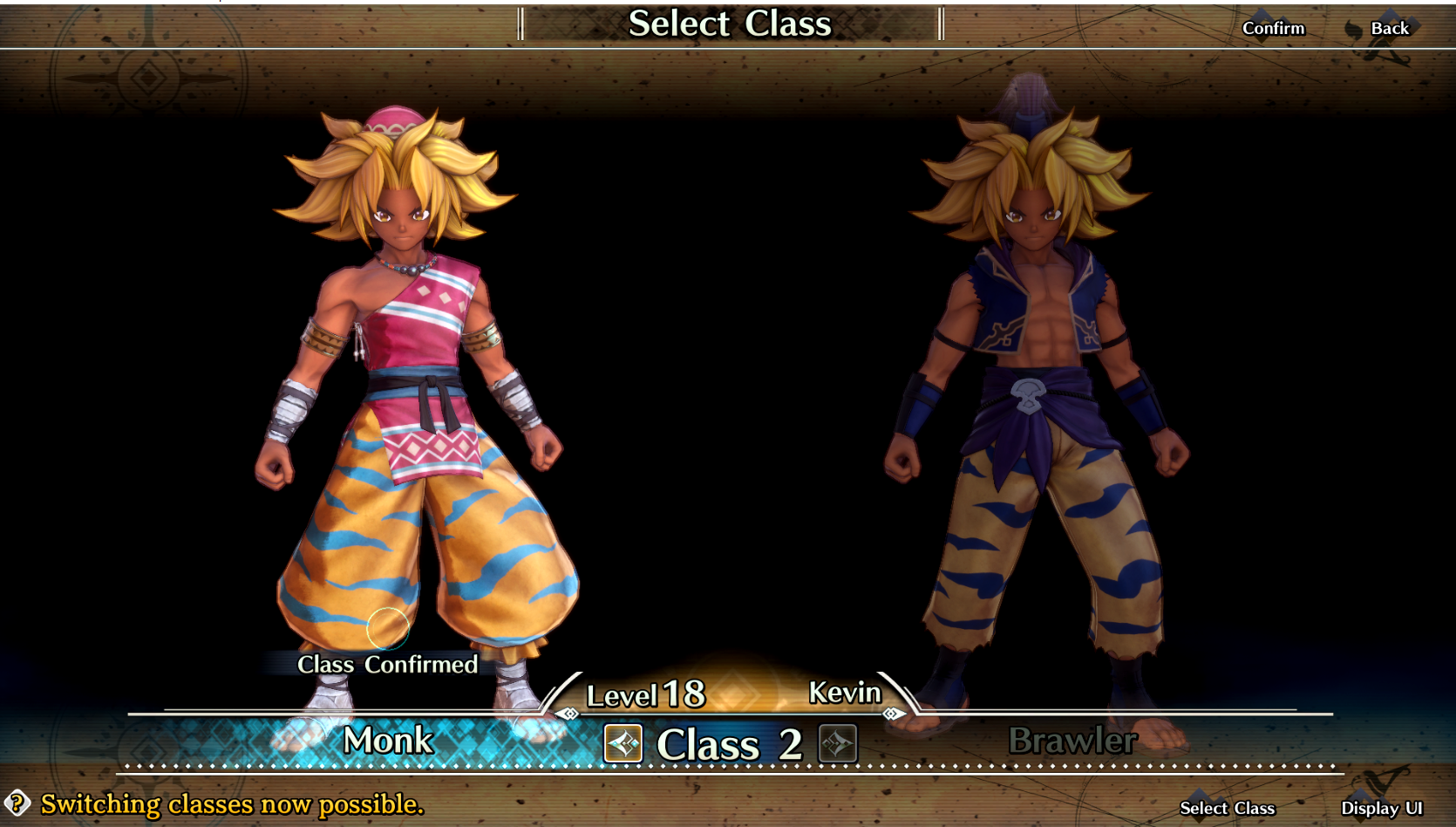
The quality of the remake is beyond praise. The controls are very convenient – and they can be reassigned to any keys. Wonderful graphics, wonderful animation – cartoonish and adorable. You can even enable the original 16-bit music! However, the English voice acting, to put it bluntly, is below average, but… everyone knows that it’s best to play with Japanese voice acting and English subtitles, right?.. Well, not always, don’t throw tomatoes at me and point portraits of Yuri Lowenthal and Matthew Mercer, they are not in this game (tomatoes are), so it doesn’t count.
The game is undoubtedly good. But an interesting question arises: when carefully transferring a classic to the latest platforms, with a full graphic overhaul, should the essence of the game be changed and something be added to the plot itself, to the tasks themselves, to make it more interesting for modern players? It is clear that during the release of Seiken Densetsu 3, open-world games were not particularly popular; according to Wikipedia, the revolution in the genre was caused by Super Mario 64, with its three-dimensional open world, which was released a year later (1996). Ask me about the oldest completed open-world game and the first Fallout that comes to mind, which saw the light of day a year later. Trials of Mana is linear, like a task for a first-grade student about point A, point B, and a pedestrian. The path is predetermined for us. It would be fine if it were just linearity, we have encountered it before, but a much stranger fact in RPGs (again, for a modern player) is the complete absence of side quests, except for the task of “find the talking magical cactus, repeat fifty times”. Without them, it feels… empty? Boring?
On the other hand, I remember how I was initially surprised by the absence of side objectives in Final Fantasy III, which didn’t prevent it from being wonderful and amazing.
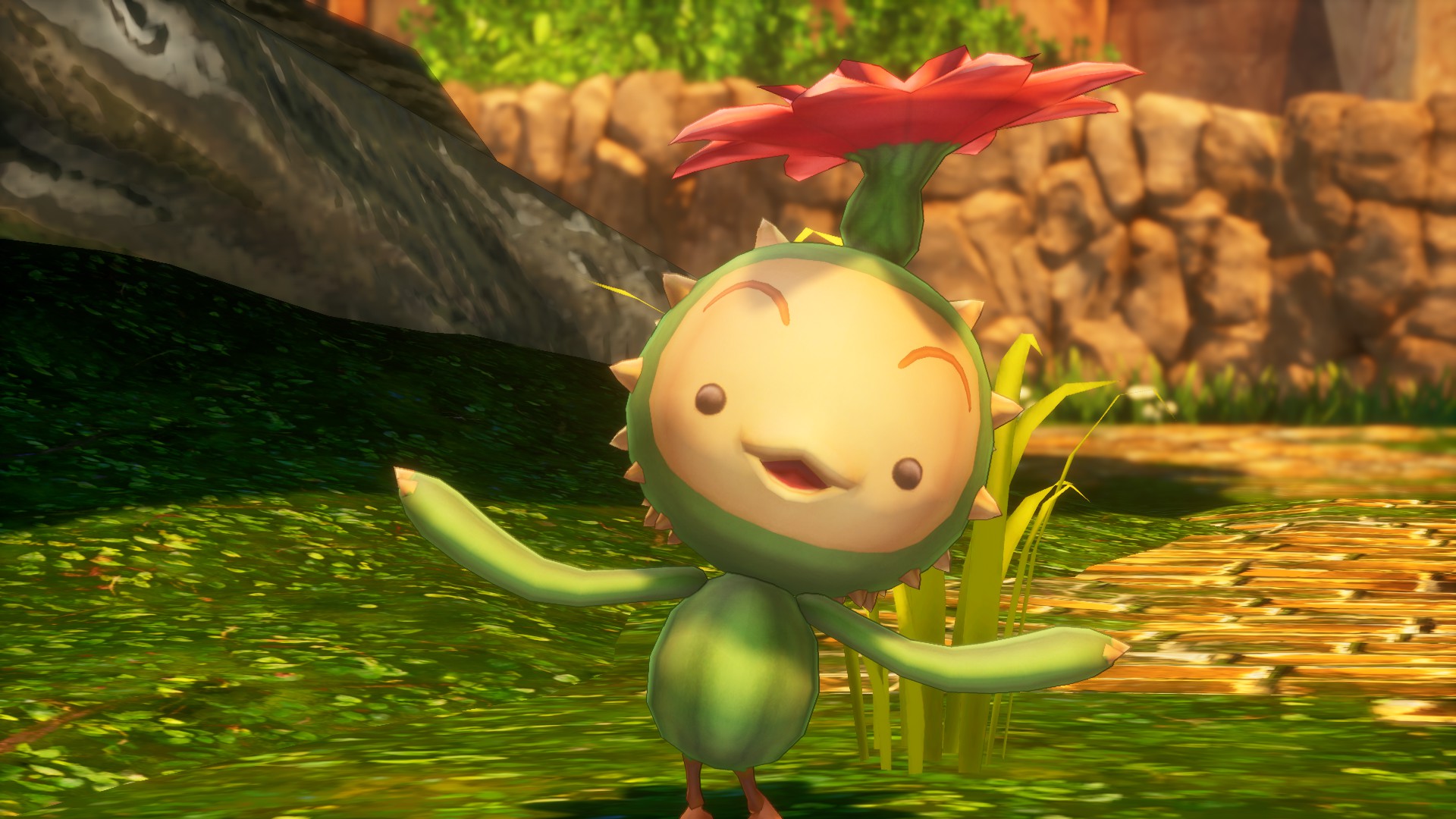
Perhaps the main part of the game is real-time battles, which makes it more of an action RPG. And let Trials of Mana remind you of Dragon Quest VIII in terms of style – the similarity is only external. While Dragon Quest has a funny and non-standard story, Mana is quite predictable and familiar. Side quests, even in the style of “go-collect-bring”, would add some variety to the endless (though interesting, no doubt) monster slaying and dungeon crawling. Talking to regular NPCs is practically pointless – they only give short and meaningless phrases like “oh, my back” or “looks like it’s going to rain”, and that’s it. Honestly, I would like more dialogues and possibilities.
I enjoy playing old games from time to time, and in them, of course, anything can happen – “that’s how it was right then”. If I were playing the classic Seiken Densetsu 3 now, I wouldn’t say a word of criticism about the story and quests. But with a game with modern graphics, you probably expect modern… everything? Human nature is complex. Perhaps it would have been better to make a sequel instead of a remake? But the Mana series is not as popular as many others, so it’s not certain that a new installment would have paid off.
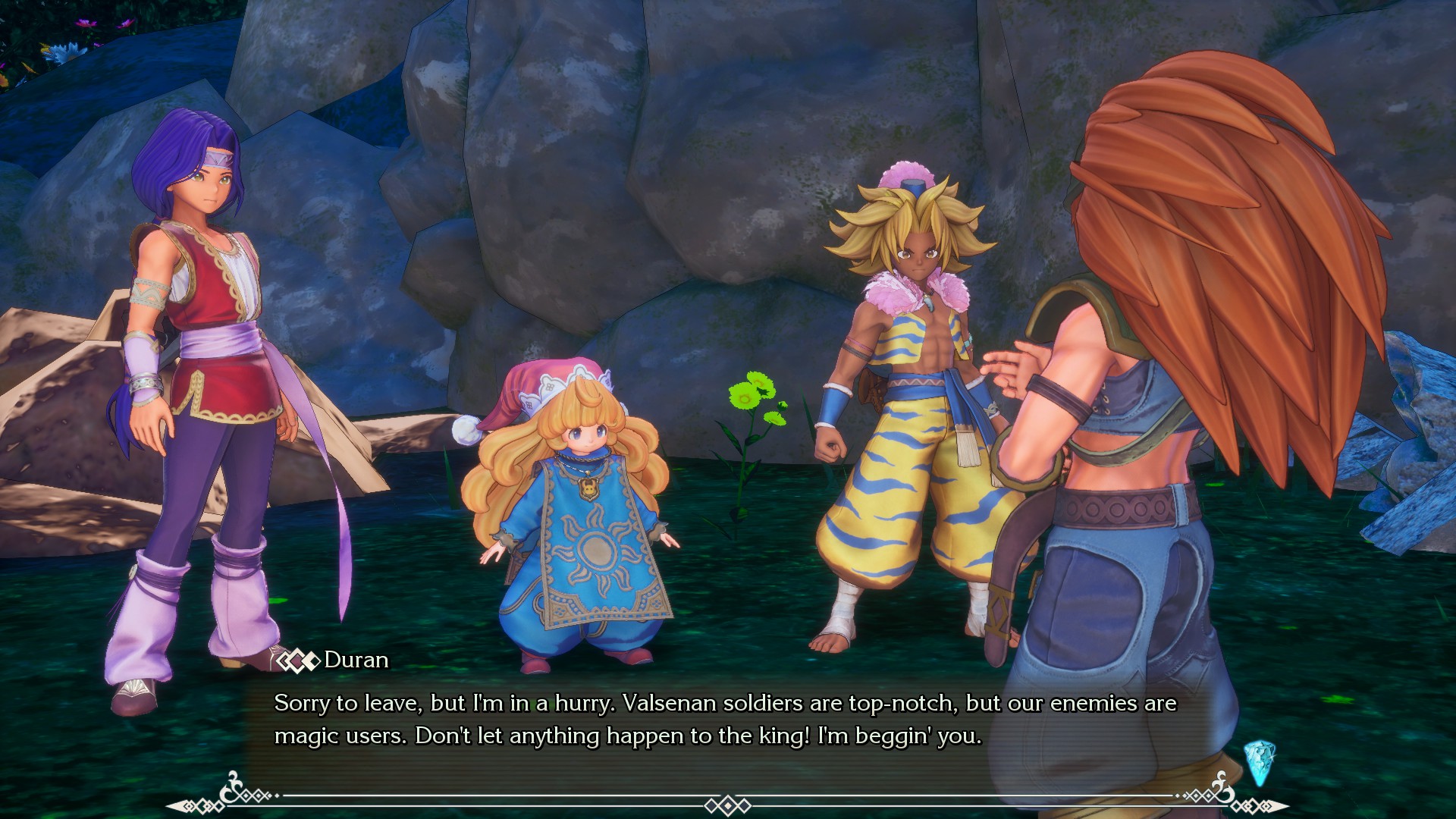
In any case, Trials of Mana is made with quality and love for the original – it is noticeable even to those who haven’t played the original. Fun fast-paced battles, charming heroes, although not shining with complex inner world, bright and beautiful environment – all of this draws you in, you say “just ten more minutes”, and find yourself an hour and a half later in some new unfamiliar plain in the midst of plush and quite aggressive badgers. There is replayability (I told you that the choice of the main character affects the main villain, didn’t I?), new game+, which I haven’t reached yet, in general, quite a lot of things. It’s not a new perspective on the classic, no – but it’s a good opportunity to play this classic for those who want to get acquainted with it.
Share
Discuss
More Reviews
